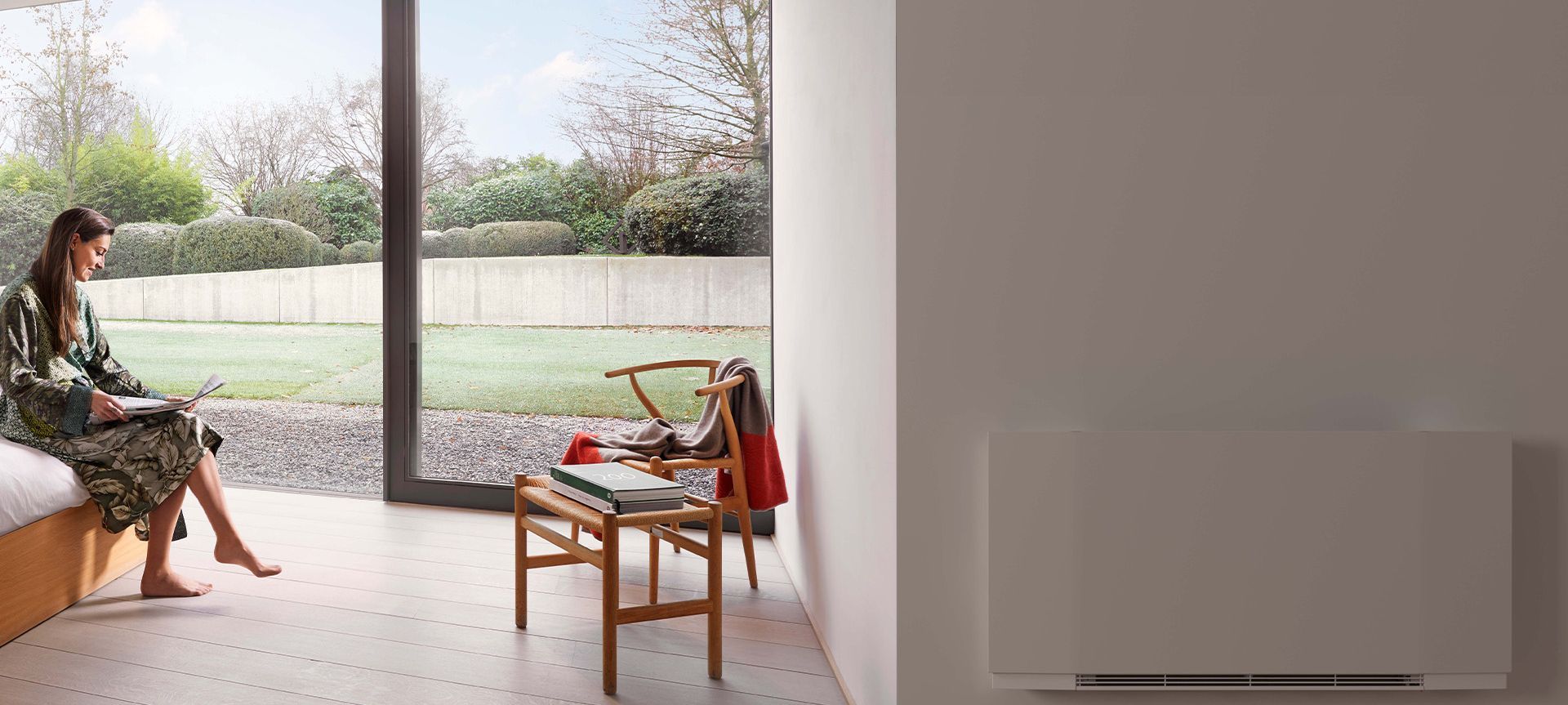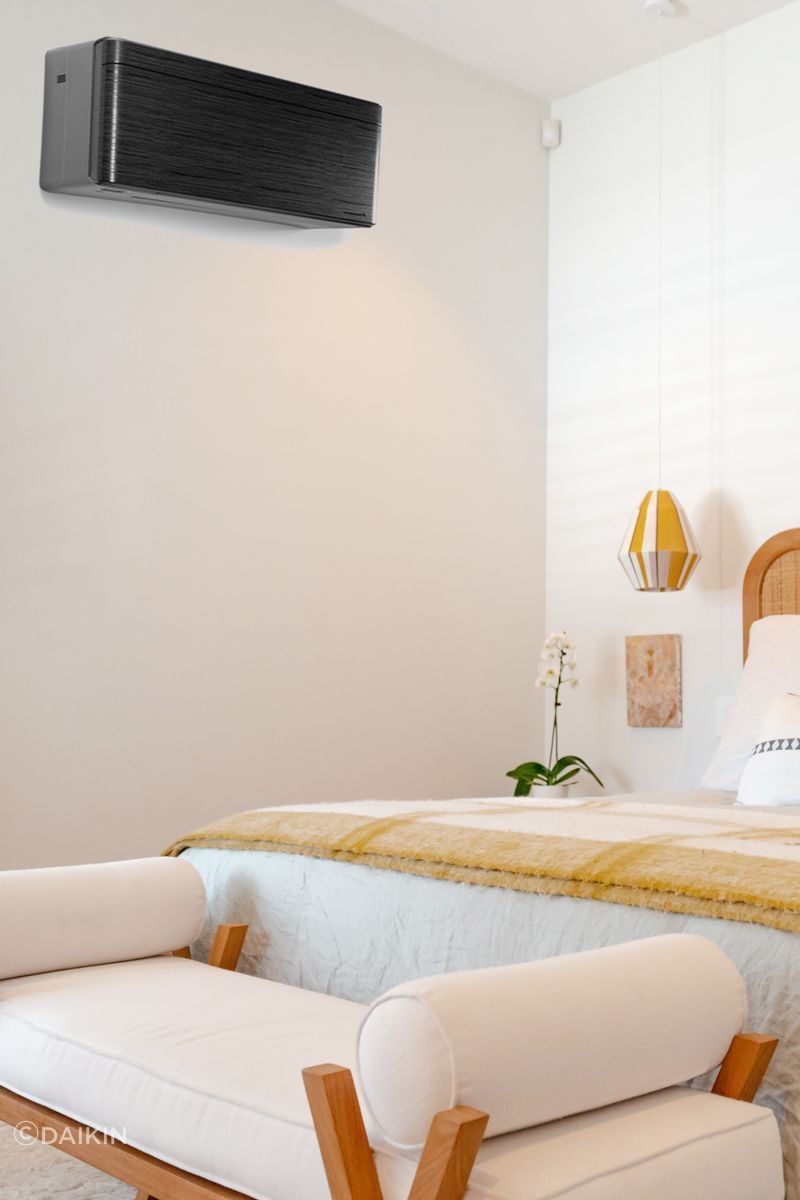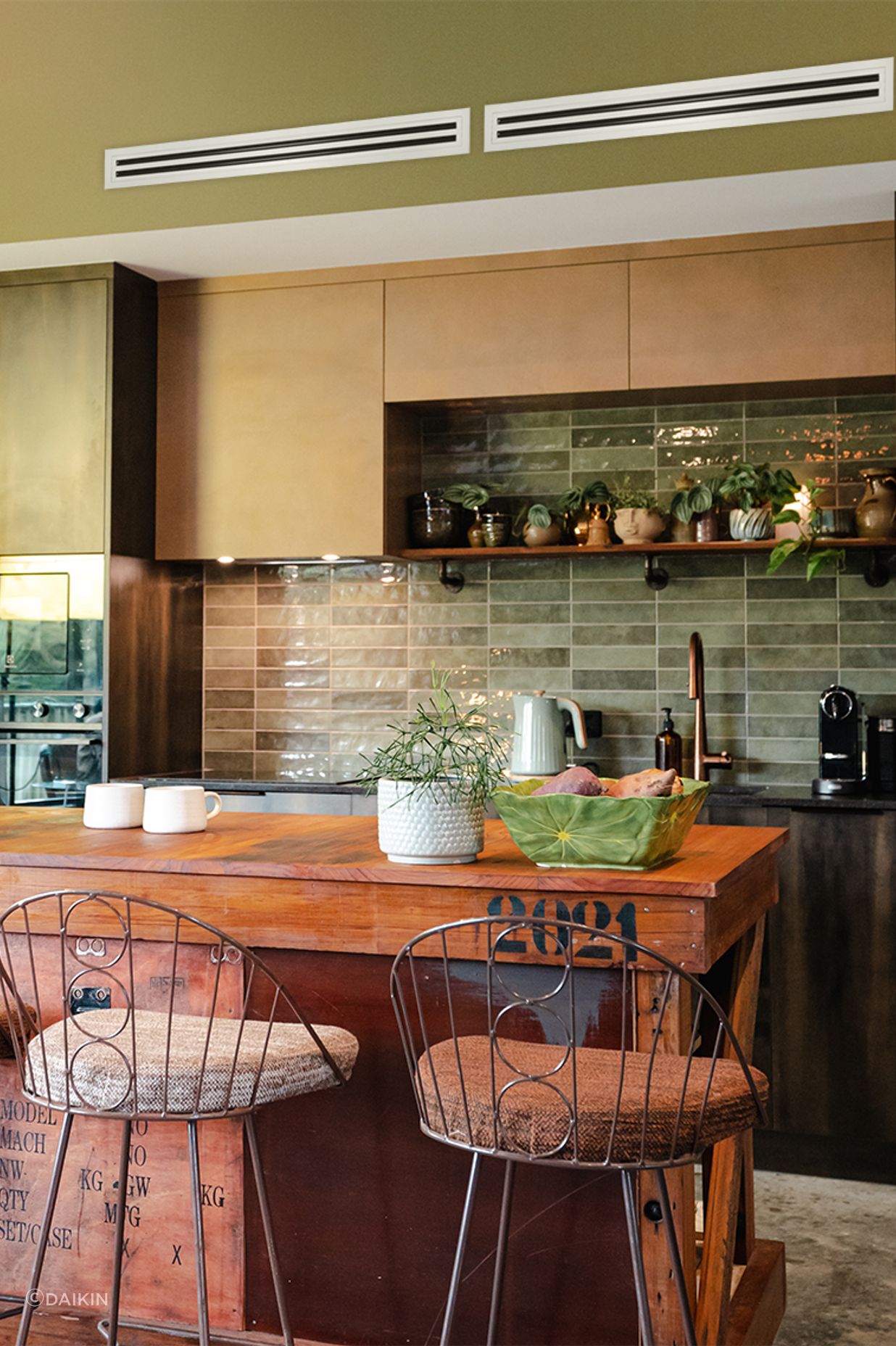Changes in heat pump technology make sustainable heating and cooling systems more accessible for Kiwi homes
Written by
05 September 2023
•
4 min read

Over the last decade, heat pump technology has developed significantly. Once clunky, noisy, and uneconomical, heat pumps are now highly efficient and reliable systems for heating and cooling year-round. Heat pump and air conditioning specialist, Daikin, has been at the forefront of technology development, exploring ways to deliver smart, high-performing, and sustainable systems that meet the needs of Kiwi households.
“Some of the key changes in heat pump technology over the last decade include energy efficiency, which is due to the adoption of advanced compressor technology that allows the heat pump to adjust its output based on the heating or cooling demands. There have also been improvements to refrigerants, with manufacturers opting for those with lower global warming potential. We’ve also equipped the systems with smart controls, advanced sensors, enhanced the defrosting technology and improved performance in cold climates,” says Daikin’s Gary Chappell.
Sustainability has been a key driver for technological development, particularly at Daikin. Investing heavily in research and development to create more energy-efficient products, Daikin has employed the use of inverter-driven compressors, variable refrigerant flow systems, and optimised heat exchangers to reduce energy consumption and greenhouse gas emissions.
“Daikin has been proactive in developing and adopting refrigerants with lower global warming potential than traditional options. For instance, Daikin was the one to develop the lower GWP R-32 refrigerant which now all other brands use. We have also been exploring ways to integrate renewable energy sources into our products, with solutions such as hydronic heating,” Chappell explains.
The Daikin team has also undertaken product life cycle assessments to identify opportunities to reduce the environmental impact of its products, and started incorporating design elements that facilitate the recycling and disposal of products at the end of their life.



For homeowners looking to install a sustainable heating and cooling system, Chappell recommends a range of Daikin products. “Our Altherma Heat Pump is an air-to-water heat pump system that can provide both space heating and domestic hot water. Heat pumps are a great choice for sustainable heating as they extract heat from the outside air and transfer it indoors, consuming less energy compared to traditional heating systems.”
Chappell also suggests the Daikin Zena Vogue, an elegant wall-mounted heat pump that uses the R-32 refrigerant, the Daikin Cora, a split-type air conditioner that features a range of energy saving technologies, and Daikin’s Multi Split Systems that provide efficient heating and cooling without the need for duct work.
“The Multi Split Systems are great for retrofitting in older homes or for new constructions where duct work might be impractical or costly,” he explains.
“Another great option is the Daikin VRV (Variable Refrigerant Volume) system — an advanced multi-split-type air conditioning system that offers zoned heating and cooling. It optimises energy consumption by adjusting the amount of refrigerant flow to match the load requirements, resulting in significant energy savings.”
The VRV system is a highly efficient heating, ventilation, and air conditioning (HVAC) solution offering zoned heating and cooling for buildings. Chappell explains that it works on the principle of variable refrigerant volume, which means that the system adjusts the amount of refrigerant flow to match the heating and cooling demands of different zones or rooms within a building. This flexibility allows for precise temperature control and energy efficiency.
With its flexibility, control, and heat recovery capabilities, it's an excellent solution for large residential properties, commercial buildings, offices, hotels, and any space with varying heating and cooling requirements. Key features include zoned heating and cooling, heat recovery, space saving, quiet operation, advanced control, and long operational lifespan.
“The VRV system is also designed to be a part of an integrated HVAC solution, and it can work in conjunction with various other Daikin products to provide comprehensive climate control and enhanced energy efficiency. By integrating the VRV system with other Daikin products and technologies, building owners and homeowners can benefit from a more seamless and efficient HVAC solution that caters to their specific needs.
“The integration of these products and technologies allows for better energy management, improved indoor comfort, and enhanced control and monitoring capabilities. It is, of course, important to consult with HVAC professionals and Daikin experts to determine the best configuration and integration options based on the specific requirements of the building or home,” Chappell says.
When selecting a heating and cooling system for your home, Chappell recommends looking for a solution that is easy to install and maintain, has reliable warranties, and comes with the backing and support of a reputable brand and dealer network.
Learn more about Daikin.